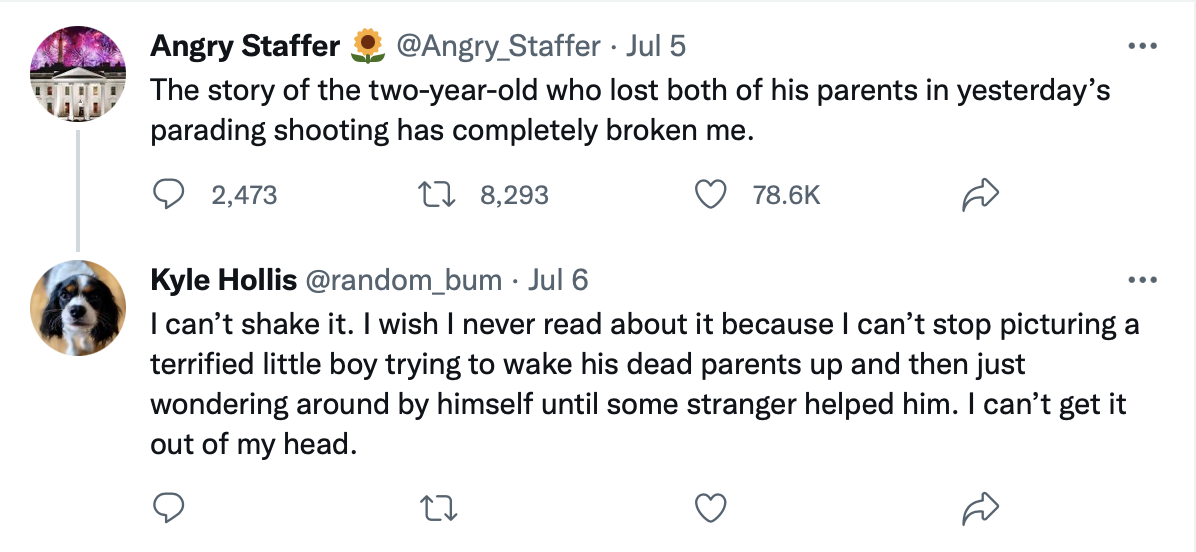At UA, questions about a different kind of liberalness
/(UPDATE: 60% of faculty endorsed the proposal, which will take effect in fall 2025. Not surprisingly, the least amount of support came from the College of Arts and Sciences.)
As you know, my professor colleagues around the nation and I are indoctrinating our students with corruptive liberal views. I can’t even get them to format their assignments correctly but yeah, sure, we’re doing that.
A different sort of liberal is under scrutiny at UA right now – liberal arts courses.
Faculty are voting now on whether to support a task force proposal to reduce the number of liberal arts courses that students must take. Under the proposal, which would go into effect in fall 2025 if adopted, the general education requirements that include such courses would shrink from 53 credit hours to 37. Students would make up the difference by taking more courses in their major or by double majoring.
The specifics show a de-emphasis in liberal arts. STEM courses (science, technology, engineering and math) are left mostly as is. Among the changes, students would have to take:
Three instead of four courses in humanities, literature and fine arts
Three instead of four courses in history and social/behavioral sciences
Zero instead of two courses in foreign languages if the student had sufficient foreign language education in high school
One instead of two courses that are writing intensive
Students would also have greater freedom of choice among classes in humanities, literature, fine arts, history and social science. Currently, a student must take at least one history course and one literature course. As proposed, students could cluster their six required courses within two or three of these subject areas and graduate without taking a history or literature class.
The underlying theme here is to better prepare graduates for jobs. A student’s choice of major presumably reflects their anticipated career path so more courses within the major would help.
The most alarmed faculty have derided the new plan as starting to turn UA into a “technical school.” (“UAT” — University of Alabama Tech. Ha.)
Based on conversations with two of my classes (sample size = 50), most students support the proposed change. Many of them dislike being forced to take courses they have no interest in and for which they see no future usefulness. Required general education courses delay their major courses, they said, and because of low motivation, some gen ed classes pull down their GPA.
Economics justifies the proposal, too. With the ridiculous escalating cost of college – current annual cost of tuition, room and board at UA is $26,326 for in-state students and $46,686 for those from out of state – graduates and families have every right to expect that they’re paying for skills and knowledge that will translate into easier job placement and long-term economic gain in the real world. “Return on investment” is a thing in higher education.
Having said all that, I asked my students if they had ever taken a mandatory core curriculum class and discovered that they loved it. I got hands from about 33 percent. Yeah, that’s a minority, but it’s way more than zero.
In our discussions, several students argued the merits of exploring new subjects and a broad-based education. They found applicability that they never expected, they said. They developed transferable thinking skills. They learned cool stuff (shoutouts for Oceanography and others).
I suggested that even with a reduced core curriculum, students could use their elective courses to try change-of-pace subjects. But my students were adamant that their cohorts aren’t going to do that on a significant scale unless forced to.
Several skeptics of a switch to more credit hours within majors noted that freshmen and sophomores may need several semesters to identify their most suitable major, and a significant number will eventually wish to change it. In a blog post in August 2019, I wrote this about discovering new areas of interest: “If college doesn’t ever cause at least a moment of doubt about your chosen major or career, you’re doing it wrong.” I still believe that.
My background colors my view on this. I attended a liberal arts college. Majored in political science. Took exactly two journalism courses. Career time spent in politics: 0 minutes. Career time spent in journalism: 35 years.
The large newswriting course I teach has lots of public relations majors in it because it’s required for them. Some of them don’t want to be there. A few, though, discover an interest and an aptitude they never knew they had. Will they switch majors or careers because of it? Highly unlikely. But they suddenly have a new post-graduation option if they want it. That’s a good thing.
Getting well-rounded makes particular sense for students in fields of media. The content they will someday produce professionally could be about anything and everything. So use one of life’s rare opportunities for exploration to learn something about anything and everything.















